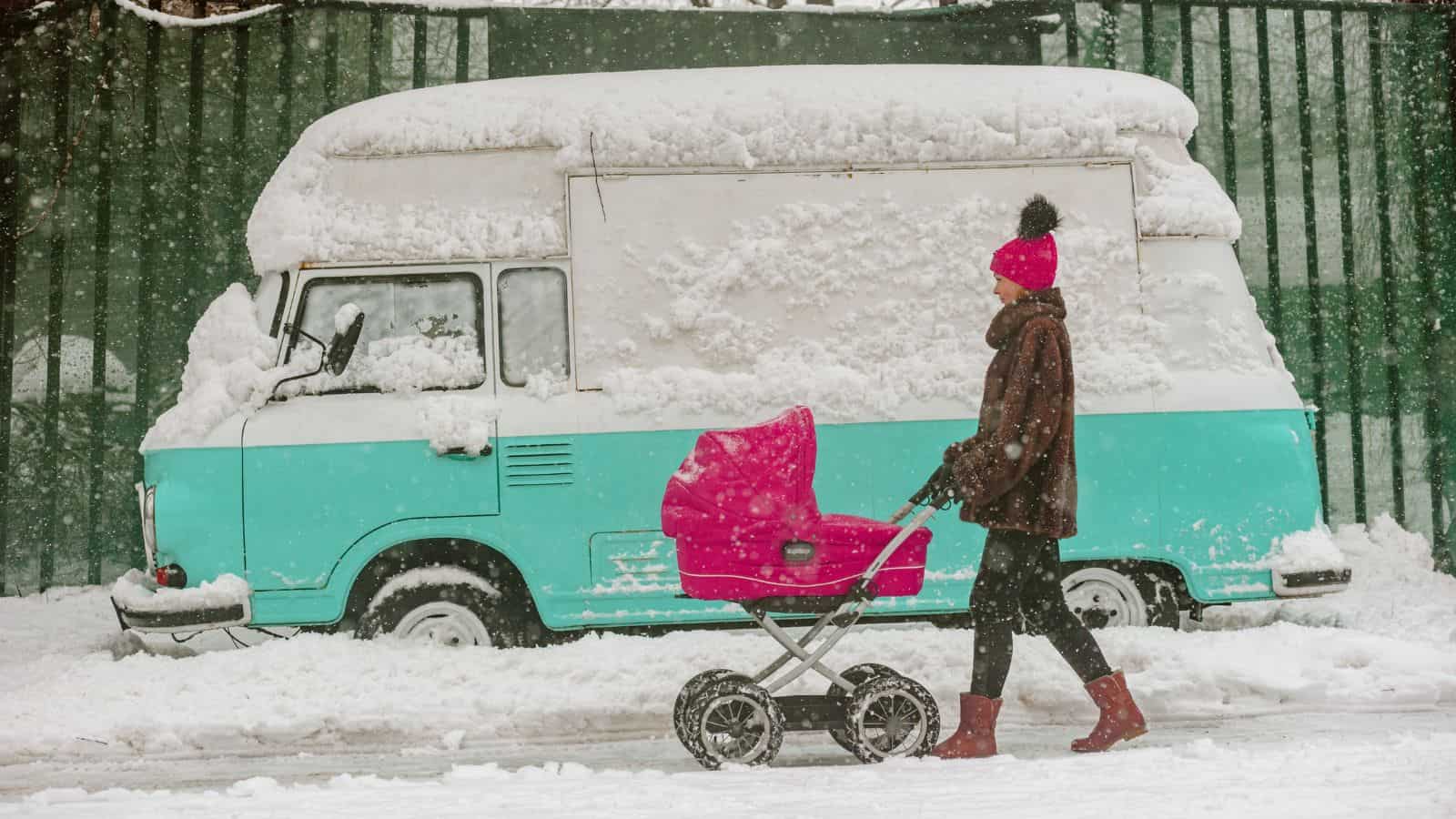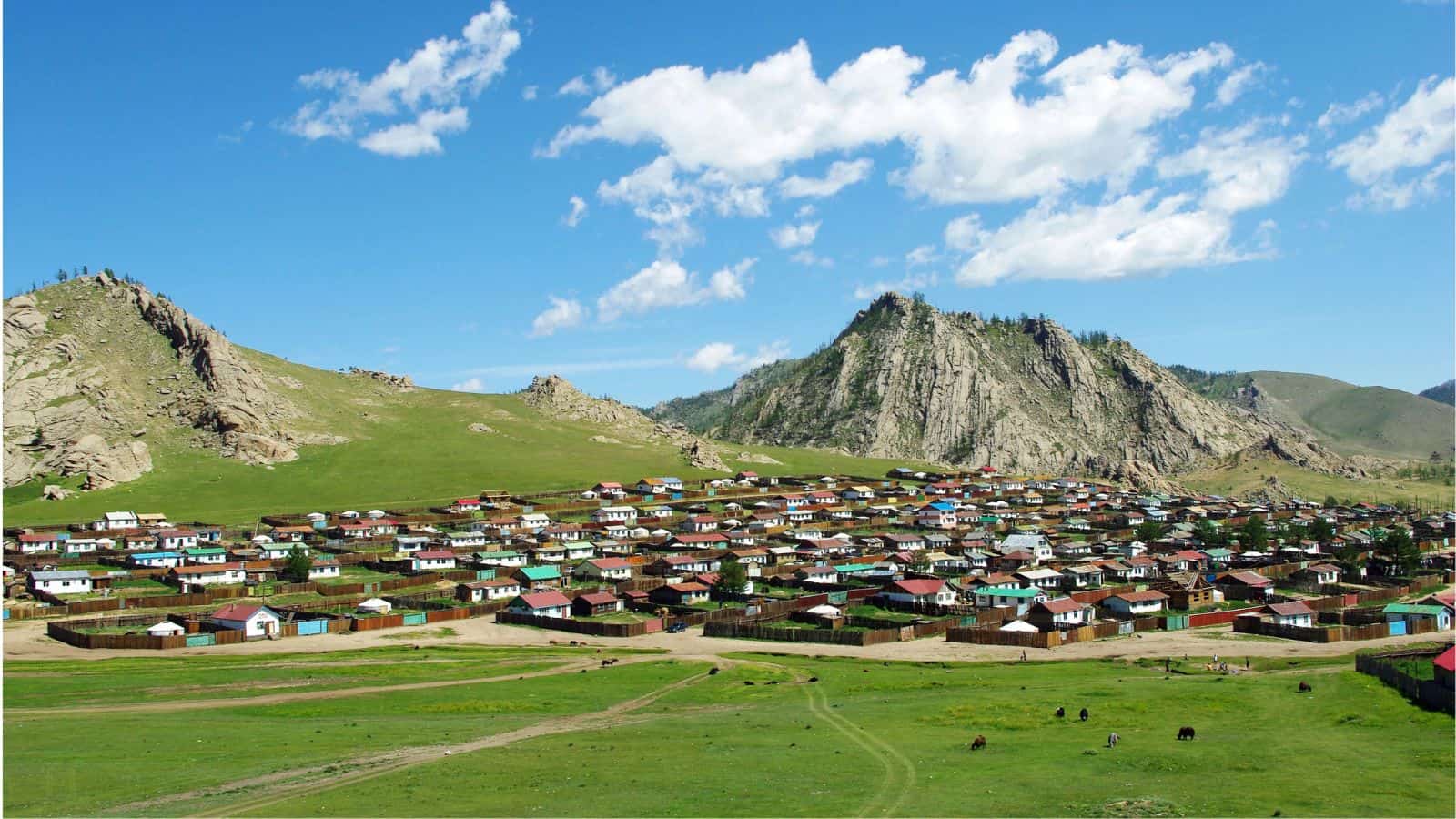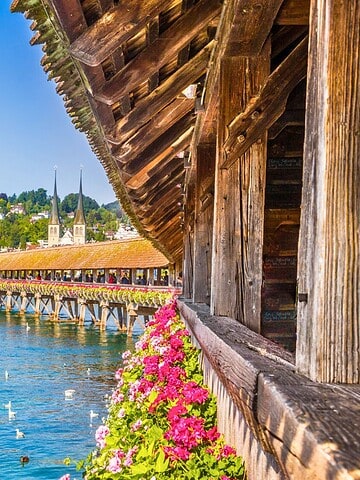Some countries are no strangers to extreme weather conditions, especially freezing temperatures. In these regions, harsh winters are just another part of life, where subzero temperatures are the norm, not the exception. From icy tundras to snow-covered mountains, these nations have adapted to the cold in ways that many warmer climates can’t even imagine. Locals in these countries survive the frigid temperatures and thrive in them, making the most of outdoor activities and embracing the beauty of their frozen landscapes.
Here are 13 nations where freezing temperatures are just another Tuesday, where people are equipped with the best winter gear, and the local culture is built around surviving and celebrating the cold. If you’re looking for a unique winter adventure or simply curious about life in extreme conditions, these destinations will show you what living in some of the coldest places on earth is like.

Russia

Russia’s vast expanse includes some of the coldest inhabited places on Earth. Cities like Yakutsk can experience temperatures below -50°C in winter. Snow blankets much of the country for months, and icy winds cut through even the thickest coats. Public infrastructure, from heated buses to underground passageways, is designed with the cold in mind. Russians often rely on heavy fur-lined boots, ushanka hats, and multiple layers. Life doesn’t stop—schools stay open, trains run on schedule, and daily routines continue despite the frigid climate.
Canada

In Canada, especially across the Prairies and Northern territories, frigid temperatures are a part of daily life for months. Cities like Winnipeg and Yellowknife experience brutal winters where temperatures drop below -30°C, and wind chill makes it feel even colder. Snowstorms are regular, and infrastructure is built to handle long-term cold. Ice roads open across frozen lakes, and Canadians layer up with parkas, scarves, and insulated boots. Public life carries on—children go to school, people skate on frozen rivers, and outdoor hockey games continue.
Norway

Norway’s winters bring heavy snow, icy conditions, and extremely short days, particularly above the Arctic Circle. Towns like Tromsø experience polar nights, where the sun doesn’t rise for weeks. Yet locals adapt through well-lit homes, vitamin D routines, and embracing the outdoors. Snow removal is efficient, and Norwegians are skilled at hiking, skiing, and biking even in frigid weather. Heated floors, wool underlayers, and daily ice-clearing are normal. Life doesn’t slow down—it just shifts.
Finland

In Finland, freezing temperatures are expected, not feared. Winters often stretch from November to April, with temperatures plunging below -30°C. The northern region, Lapland, is blanketed in snow for most of the year and features weeks of polar night. Yet public transport runs on time, schools stay open, and people spend time outdoors cross-country skiing, ice fishing, or enjoying the sauna. Heated sidewalks are common in cities like Helsinki, and homes are built to conserve heat efficiently.
Iceland

Despite its name, Iceland isn’t the coldest country; its climate is brisk and raw. Winter temperatures hover just below freezing, but strong winds and horizontal sleet amplify the chill. The darkness of the season, especially in the north, is met with geothermal pools, heated buildings, and indoor activities that keep spirits high. Locals are experts at bracing against wind and sleet with proper outerwear and practical gear. Reykjavik's streets remain active, and rural areas continue their routines in the snow.
Sweden

Sweden's winters are long, snowy, and cold, particularly in the northern regions like Kiruna. Temperatures can reach -40°C, and daylight can be limited to a few hours. Swedes rely on heated public spaces, snow-cleared sidewalks, and dependable outerwear to manage the daily chill. Winter activities such as skiing, sledding, and ice skating are integrated into regular life, and school rarely closes due to snow. Even in Stockholm, urban life adapts to snowdrifts and icy winds.
Greenland

Life in Greenland revolves around its extreme climate. Snowfall can occur even in summer, and temperatures fall far below freezing in winter. Most towns are coastal, yet still face icy conditions, heavy snowfall, and long periods of darkness. Dogsleds remain a key mode of transportation in some areas, and insulated homes are standard. Grocery delivery by air or sea is planned around the weather. Locals are accustomed to delays, power-saving routines, and dressing in multiple layers. Greenlanders live in close-knit communities that support each other through the cold months.
Want to save this?
Kazakhstan

Kazakhstan’s steppe regions are known for severe winters marked by icy winds and subzero temperatures that can reach -30°C or lower. Cities like Astana (now Nur-Sultan) face bitterly cold winters with strong gusts and dry air. People stay warm with fur-lined coats, thick boots, and inner layers. Central heating is critical, and building insulation is taken seriously. Snow covers sidewalks and public squares for months. Despite the challenging climate, public life continues—markets stay open, public transport runs, and locals find ways to enjoy the season through winter festivals and cultural gatherings.
Mongolia

Winters in Mongolia are among the harshest, with temperatures often falling below -40°C in rural areas. The climate is dry, and strong winds sweep across the steppe. Nomadic herders use felt-covered yurts (gers) with central stoves for heat, and livestock are brought close to home during deep freeze. In Ulaanbaatar, urban life is shaped by extreme cold, with coal-based heating and heavy winter gear being essentials. Even daily commutes require layered clothing and insulated vehicles.
United States (Alaska)

Alaska’s winters are some of the harshest in North America. In towns like Fairbanks and Utqiaġvik, temperatures can plunge below -40°C, and daylight may last just a few hours during midwinter. Locals are no strangers to frozen eyelashes, block heaters for cars, and navigating icy roads daily. Snow can blanket the ground for more than half the year, yet life continues—students go to school, small planes connect remote communities, and outdoor activities like dog sledding and ice fishing remain popular.
Estonia

Estonia's winters are long and frequently harsh, especially from December through March. Subzero temperatures, icy streets, and regular snowfall are the norm. Tallinn and other cities turn into snow-covered landscapes where residents rely on thermal coats, insulated boots, and winter tires to navigate daily life. Frozen lakes and forests become destinations for skating, skiing, and quiet walks. The sun rises late and sets early, so locals adapt to dim light and icy conditions. Heating systems, wool clothing, and layered outerwear are routine.
Latvia

In Latvia, winter stretches from November into April, bringing snowstorms, icy sidewalks, and sharp Baltic winds. Temperatures can easily drop to -15°C or lower, especially inland. Locals rely on layered clothing, heavy boots, and proper insulation to stay warm. City streets and countryside roads alike remain active, thanks to regular snow removal and public transportation adapted for cold weather. Cultural traditions like winter solstice celebrations and hearty stews keep spirits grounded. Frozen lakes draw ice fishers and skaters; many still commute by foot or bike through snow-packed paths. For Latvians, winter is less an obstacle and more a way of life.
Lithuania

Lithuania experiences snowy, dark winters where temperatures regularly fall below -20°C. From Vilnius to the smaller towns, snow piles high on rooftops and sidewalks, and daylight may last only a few hours at the season’s peak. Residents stay active with thermal gear, insulated homes, and snow-clearing routines. Despite the chill, markets stay open, children play outdoors, and city squares light up with festive decor and seasonal events. Frozen rivers may even become footpaths. The cold is a background constant, not a disruption. Life in Lithuania during winter means preparation, adaptation, and embracing the frost as part of daily rhythm.
10 Places in the US You Didn't Know Were Iconic Movie Sets

Interesting information about places in the U.S! When you think of iconic movie sets, you might picture famous landmarks like the Eiffel Tower or Times Square. But what if I told you that some of the most memorable scenes were filmed in places you wouldn't expect? Across the United States, there are hidden gems that have played a significant role in your favorite films. These locations might not be on your radar, yet they have hosted some of the most unforgettable moments in cinema history.
Read More Here: 10 Places in the US You Didn't Know Were Iconic Movie Sets
12 Stunning Lake Towns in the U.S. That Are Perfect for Year-Round Living

Lake towns in the U.S. are always so mesmerizing. Living near the water can be a dream come true, and there are 12 stunning lake towns in the U.S. that are perfect for year-round living. These towns offer breathtaking views, a strong sense of community, and plenty of outdoor activities to enjoy throughout the seasons. From fishing and boating in the summer to cozying up by the fireplace in the winter, life by the lake provides a unique and fulfilling lifestyle.
Read More Here: 12 Stunning Lake Towns in the U.S. That Are Perfect for Year-Round Living




